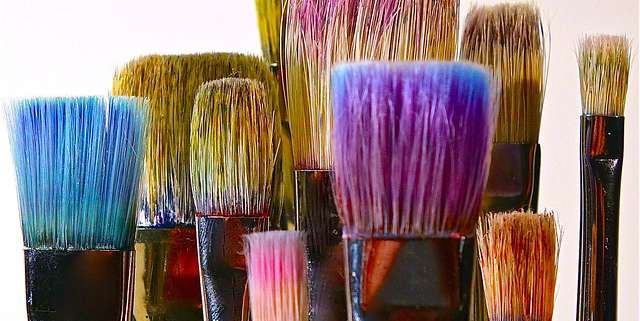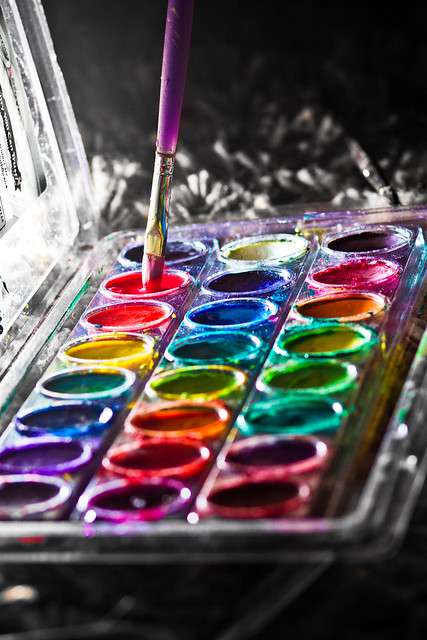Quality control and standardization
Pigment color analysis has become a well-defined science, and advancements in light technology have led to stringent testing and quality control methods for manufactured paints and art supplies. Prior to the 20th century, the only method for determining paint quality was the artists themselves. By 1942, an alliance of art professionals and consumers developed a voluntary specification of standards1 to judge the quality of art mediums and painting supplies. The progression of these standards eventually led to the development of the American Society for Testing and Materials (ASTM)2, which monitors the testing and grading of manufactured paints, coatings, and other art mediums for pigment quality, consistency, and colorfastness. Most paint supplies on the market today are rated by performance and quality based on the ASTM standardization system.
These standards rely on the evaluation of both the chemical and physical properties of the product. Many methods of evaluation rely on spectral technology for the ability to monitor both the physical and chemical properties of samples using only one form of instrumentation. These analytical methods can be used to determine a variety of properties essential to developing quality art supplies, including:
- Exterior expose quality on various materials (ASTM D1006, D1006M-13, D1014-09)
- Water resistance and humidity testing (ASTM D2247-11)
- Chronic health hazard analysis (ASTM D4236 – 94(2011))
- Lightfastness (ASTM D4303 – 10)
- Tinting strength (ASTM D4838 – 88(2010))
- Pigment color standard specifications for various paint mediums (ASTM D4302 – 14, D5067 – 05(2010), D5098 – 05a(2010), D5724 – 06(2010))
Spectrophotometers offer the ability to measure and monitor the various features of art supplies by eliminating visual discrimination and human error, and quantifying specific elements of the sample materials. This information can then be used to analyze pigment colors for consistency, repeatability, strength, lightfastness, and durability. Instrumental analysis provides specific data on each of these elements that can then be used for grading calculations.
Pigment analysis and grading
Art paints and supplies are typically sold as either artist quality or student quality grade. Student quality painting supplies are of lower quality and have a lower concentration of pigment color. These products typically use fillers, which weaken color strength and durability over time. Artist quality paints (also referred to as “professional paints”) have a high concentration of ground pigment color, increasing the pigment load and performance rating of these products.



